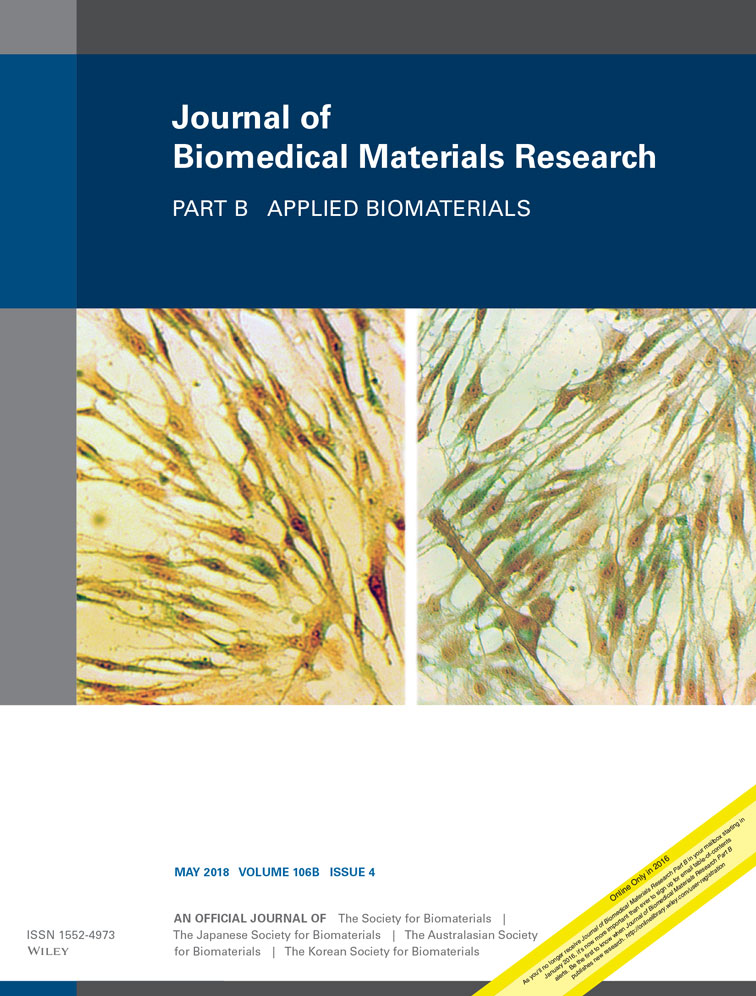Pit initiation on nitinol in simulated physiological solutions
Abstract
Inclusions appear to play a crucial role in the initiation of pitting on nitinol, but the reason remains unclear. Furthermore, it has not been established whether the type of inclusion is a central factor. In this study, potentiodynamic polarization together with scanning electron microscopy and energy dispersive X-ray spectroscopy were used to provide more insight into the initiation of pits on electropolished nitinol wire. Corrosion was limited to a single primary pit on each of the few wire samples that exhibited breakdown. The pit contained numerous Ti2NiOx inclusions, but secondary pits that developed within the primary pit provided evidence that these inclusions were the sites of pit initiation. Although several theories have been proposed to account for pit initiation at inclusions in mechanically polished and electropolished nitinol, titanium depletion in the adjacent alloy matrix appears to provide the most viable explanation. The key factor appears to be the size of the inclusion and therefore the extent of titanium depletion in the alloy matrix. The type of inclusion evidently plays a secondary role at most. © 2017 Wiley Periodicals, Inc. J Biomed Mater Res Part B: Appl Biomater, 106B: 1605–1610, 2018.




